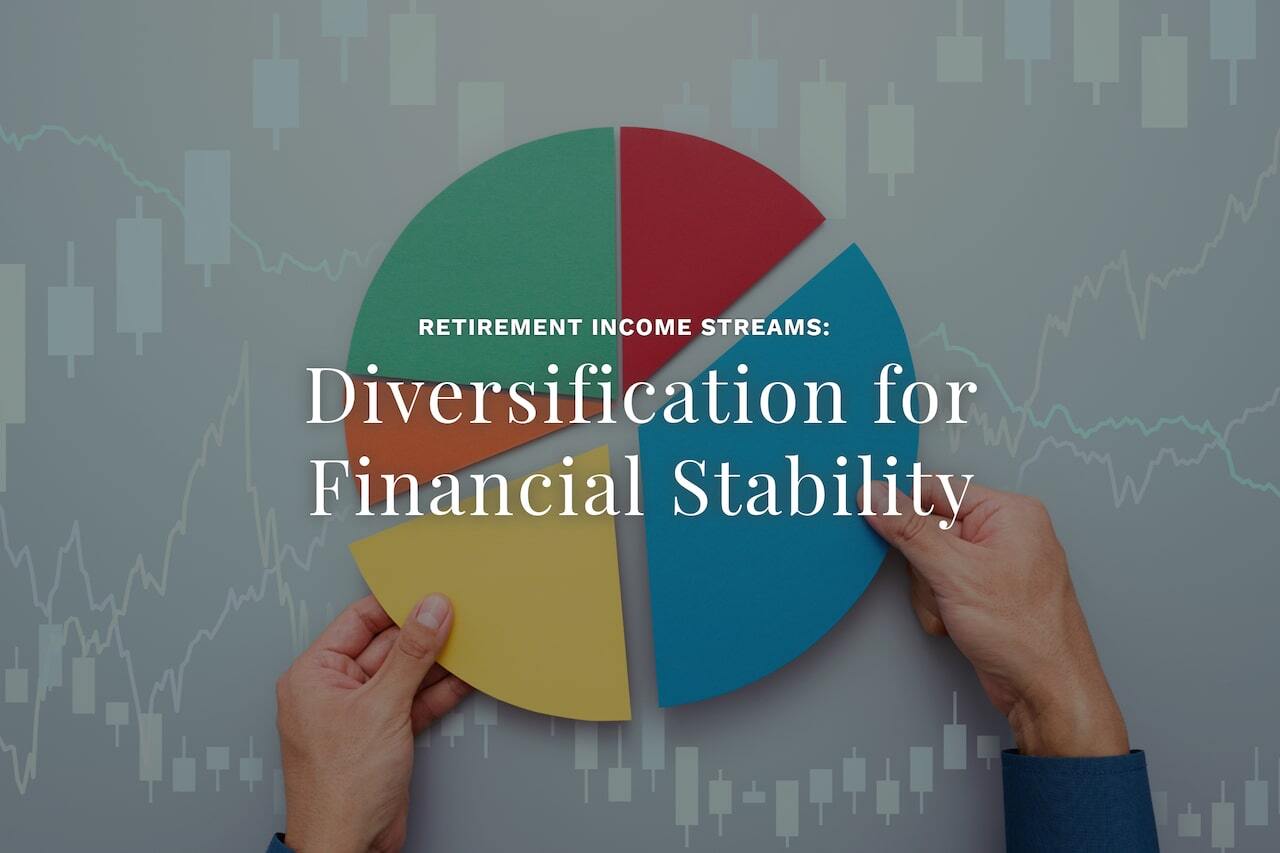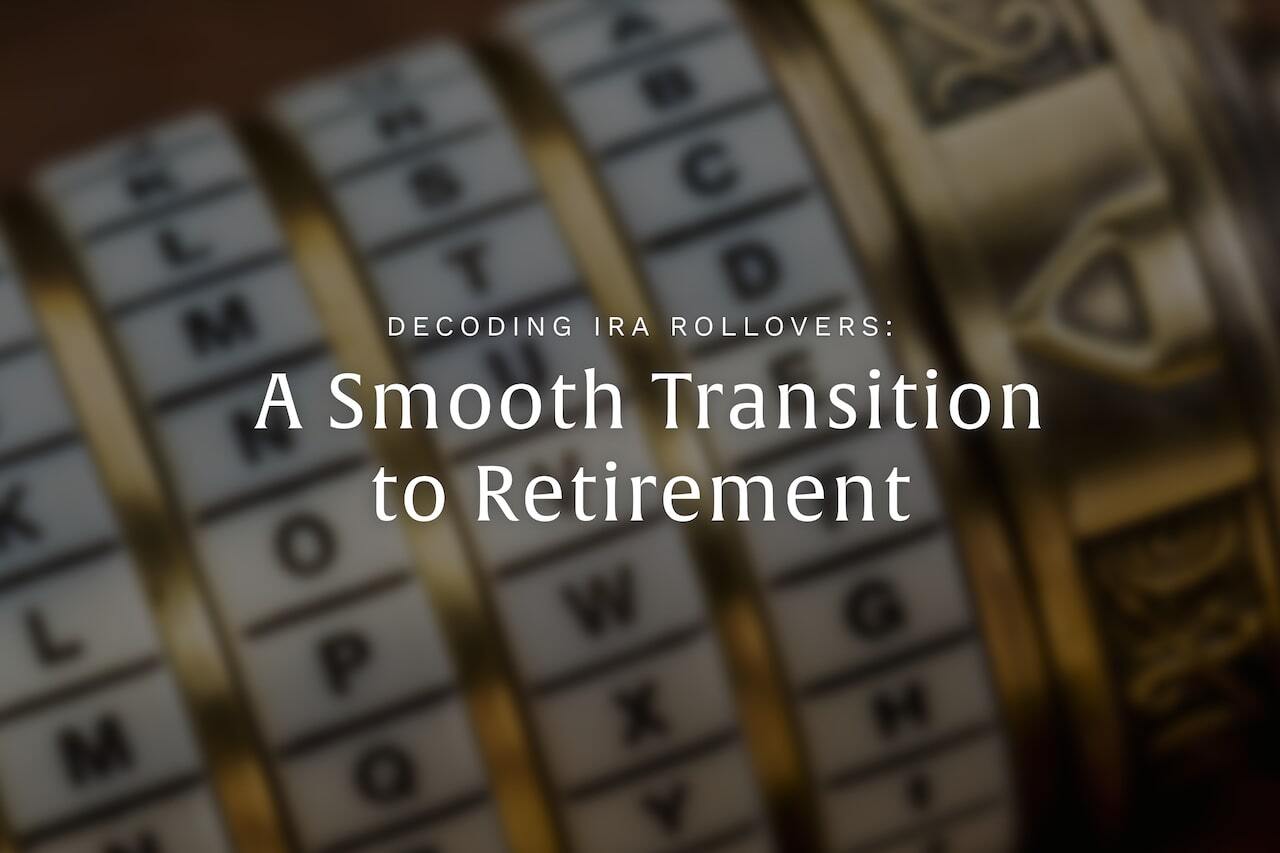Evaluating life insurance options in retirement requires understanding the key differences between permanent and term life insurance. Each type of policy serves a distinct purpose and offers unique benefits, making it essential to align your choice with your financial goals, retirement plans, and legacy considerations. Term life insurance, for example, provides coverage for a specific period and may be more cost-effective for short-term needs, while permanent life insurance offers lifelong coverage and potential cash value accumulation.
As you navigate these options, it’s important to assess how each aligns with your evolving financial situation and the needs of your loved ones. Whether you’re looking to replace income, cover final expenses, or leave behind a financial legacy, choosing the right life insurance policy is a key part of retirement planning. This article provides retirees with detailed insights into permanent and term life insurance, helping you make an informed decision that fits your unique circumstances.
Term Life Insurance: Affordable Coverage for a Specific Period
Among life insurance options, this is the one people tend to know the most about. Term life insurance provides coverage for a specified period, such as 10, 20, or 30 years. It is designed to offer financial protection during years when the financial burden of unexpected death would be most impactful, such as when raising a family or paying off a mortgage.
Potential Advantages for Retirees
- Lower Premiums: Term life insurance typically offers lower premiums compared to permanent life insurance, making it an affordable option for retirees looking to manage costs.
- Simplicity: With no investment component, term life insurance is straightforward, providing a death benefit without the complexities of cash value accumulation (more on this below).
- Flexibility: Term life can be suitable for retirees with specific, time-bound financial obligations, such as a loan.
Important Considerations
- Expiration: Once the term expires, coverage ceases unless a new policy is obtained, often at higher rates due to increased age and potential health changes.
- No Cash Value: Term insurance does not build cash value, meaning it does not contribute to your financial assets beyond the death benefit.
Understanding Permanent Life Insurance: Lifelong Coverage and Cash Value
Permanent life insurance offers lifelong coverage, as long as premiums are paid, and includes a cash value component that grows over time. Types of permanent insurance include whole life, universal life, and variable life, and each of these life insurance options offers various features tailored to different financial strategies.
Potential Advantages for Retirees
- Lifelong Coverage: Permanent insurance provides peace of mind with coverage that lasts your entire life, offering stability in your estate planning.
- Cash Value Accumulation: The policy’s cash value component grows tax-deferred and can be borrowed against for expenses in retirement, such as healthcare or a grandchild’s education.
- Estate Planning Benefits: Permanent life insurance can be strategically used for wealth transfer, charitable giving, or covering estate taxes, making these life insurance options helpful in preserving the value of your estate for your heirs.
Critical Considerations
- Higher Premiums: The comprehensive benefits of permanent life insurance come with higher premiums, which may impact retirees’ budgeting.
- Complexity: The cash value component and various options available in permanent life insurance policies can add complexity, requiring careful consideration and potentially professional advice to align with your financial goals.
Choosing Between Life Insurance Options: Factors to Consider
If you find yourself torn between term and permanent life insurance options, consider these factors:
- Financial Goals: Evaluate your financial objectives, including your need for a death benefit, desire to leave a legacy, and the role of life insurance in your estate planning.
- Budget: Consider your current and projected financial situation. Term life may be more suitable for those with a limited budget or specific, short-term financial protection needs. Permanent life insurance might be favored by those with a focus on long-term estate planning and the financial flexibility to afford higher premiums.
- Health Status and Life Expectancy: While it’s difficult to predict, considering your health and potential longevity can impact the choice. Permanent life insurance ensures coverage regardless of health changes, whereas term life could expire while you still have financial protection needs.
- Existing Financial Resources: Assess your financial resources, including savings, investments, and other assets. Retirees with substantial assets may view life insurance differently, potentially using it more for estate planning and wealth transfer rather than income replacement.
Are You Strategically Considering Your Life Insurance Options?
Evaluating life insurance options is a key component of retirement financial planning, especially when it comes to maintaining financial stability and managing your estate. Choosing between term and permanent life insurance requires careful consideration of your financial goals, budget, and how the policy fits into your broader financial strategy. Term life insurance is often favored for its simplicity and affordability, making it a suitable choice for addressing specific financial obligations. Meanwhile, permanent life insurance provides lifelong coverage and can be an effective tool for estate planning, thanks to its ability to build cash value over time.
Due to the complexities and individual considerations, consulting with a financial advisor can provide personalized insights that help align your insurance choices with your overall retirement planning. At Seaman Retirement Planning, we can help! Contact us today to learn more about our retirement planning services and process. We look forward to hearing from you!
























































